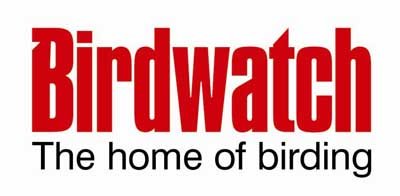This ground-breaking work alerted the world to the dangers of DDT, dieldrin and other persistent organochlorine pesticides that were responsible for the deaths and reproductive failures of raptors, seabirds, herons and songbirds. Ten years later, following the formation of the Environmental Protection Agency, those chemicals were banned.
 “Thanks to Rachel Carson, endangered bird species in the United States have recovered, including Bald Eagle, Brown Pelican, Peregrine Falcon and Osprey,” said Dr Michael Fry, Director of American Bird Conservancy’s Pesticides and Birds Campaign. “But there is more to be done; millions of birds are still being poisoned each year. ABC is committed to continuing the great work begun by Rachel Carson and others to ensure that all
“Thanks to Rachel Carson, endangered bird species in the United States have recovered, including Bald Eagle, Brown Pelican, Peregrine Falcon and Osprey,” said Dr Michael Fry, Director of American Bird Conservancy’s Pesticides and Birds Campaign. “But there is more to be done; millions of birds are still being poisoned each year. ABC is committed to continuing the great work begun by Rachel Carson and others to ensure that all
The highly toxic and persistent ‘first generation’ insecticides have mostly now been superseded by newer generations of reduced risk chemicals. But despite these gains, birds are still being poisoned. One estimate suggests that more than 670 million birds are directly exposed to pesticides each year on US farms alone, 10 per cent of which – 67 million birds – die as a result.
ABC’s Avian Incident Monitoring System (AIMS) documents more than 2,500 cases of pesticide-caused bird deaths in the past 40 years, representing more than 400,000 individual dead birds, and involving more than 100 different pesticides. This is a small percentage of the total number of bird poisonings since most incidents are never reported.
The Breeding Bird Survey has documented that over 200 of the 654 bird species in the
Since 1996, ABC’s Pesticides and Birds Campaign has played a leading role in getting the most hazardous pesticides to birds removed from the marketplace. Of the 25 worst pesticides in terms of bird deaths, 17 have now been banned or are currently in the process of being cancelled or strictly regulated. ABC led in the withdrawal, restriction or proposed cancellation of many of these, including fenthion, which posed a hazard to endangered Piping Plovers in
Diazinon and aminopyridine are now ABC’s top targets for regulation or cancellation. Many of the household uses of diazinon were cancelled in 2001 because of storm water contamination and water quality issues in
Photo: American Robin by Steve Young

